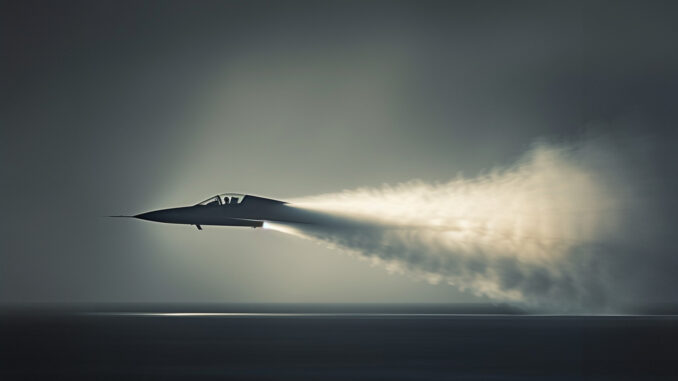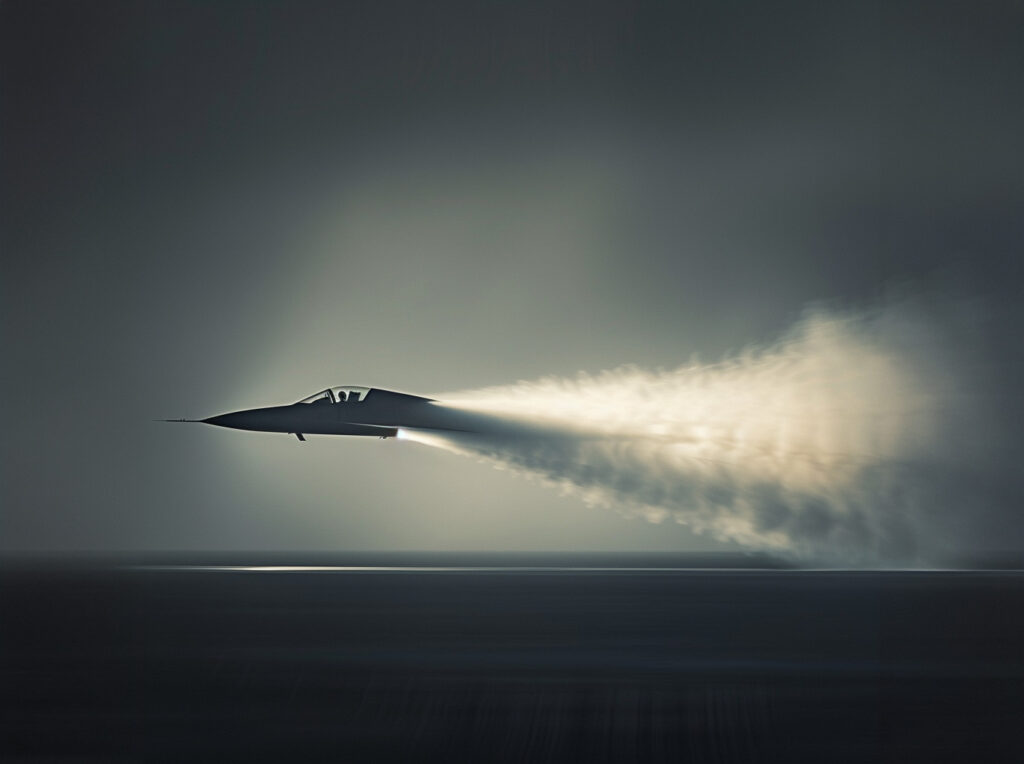
Analysis of global spending on sixth-generation fighters, including programmes in the United States, Europe and Asia, and development prospects up to 2030.
Sixth-generation fighter programmes, such as the Next Generation Air Dominance (NGAD) in the United States and the Global Combat Air Programme (GCAP) in Europe and Asia, represent a massive investment in military research and development. Global spending is expected to reach $70 billion by 2030, with a significant increase in research, development, test and evaluation budgets. The US will spend $40.7 billion by 2029, with deliveries of prototypes and collaborative combat drones starting ahead of manned fighters. This article explores the financial details and strategic implications of these programmes.
The development of sixth-generation fighters marks a new stage in the evolution of military technologies. Major programmes in the United States, Europe and Asia, such as the Next Generation Air Dominance (NGAD) and the Global Combat Air Programme (GCAP), illustrate the commitment of the major powers to maintaining their air superiority. This article takes an in-depth look at these programmes’ funding plans, spending projections and global strategic implications.
Overview of sixth-generation programmes
Sixth generation fighters incorporate advanced sensor, data processing and weapons technologies. The US Air Force’s NGAD and the Navy’s F/A-XX are the flagship programmes in the United States. In Europe, the Future Air Combat System (SCAF) developed by France, Germany and Spain, and GCAP, a collaboration between the UK, Japan and Italy, represent the major efforts.
According to Tamarack Defense, global spending on these programmes is expected to reach $70 billion between 2024 and 2030. Investment is focused primarily on research and development, with prototype deliveries expected before 2030.
Details of spending in the United States
The US is planning a significant increase in budgets for sixth-generation fighters. The budget for the NGAD and F/A-XX will rise from $4 billion in 2024 to $12.6 billion in 2029, totalling $40.7 billion over this period. Approximately 91% of this budget will be spent on research, development, test and evaluation.
Collaborative combat drone (CCD) programmes will see faster deliveries in greater numbers than manned platforms. Tamarack Defense anticipates 255 CCA deliveries by 2030 and 950 by 2033 for the US Air Force and Navy.
Projects in Europe and Asia
In Europe and Asia, sixth-generation projects are also progressing, although production deliveries will remain beyond 2030. Annual funding for these programmes is estimated at between $2 and $3 billion, with development activity growing steadily.
The SCAF and GCAP focus on the development of prototypes and advanced technologies to address emerging threats. The first prototypes are expected as part of the medium-term research and development plans.

Advantages of sixth-generation fighters
Sixth-generation fighters offer advanced stealth, network and collaborative combat capabilities. These technologies improve the ability of air forces to operate in contested environments and to counter adversaries equipped with advanced defence systems.
For example, real-time data processing systems enable better decision-making and faster response to threats. Improved stealth capabilities reduce detection by opposing radars, increasing the survivability of aircraft on mission.
Disadvantages and challenges
However, these programmes present significant challenges, mainly linked to high costs and technical risks. The development of cutting-edge technologies is complex and subject to delays and cost overruns. The NGAD, for example, could exceed the unit cost of the F-35, making it difficult for defence budgets to acquire a sufficient number of these fighters.
In addition, the increased dependence on technology poses risks in terms of cyber security and system resilience. Adversaries could develop specific countermeasures to neutralise the advantages of sixth-generation fighters.
Global strategic consequences
The development of sixth-generation fighters will have profound strategic implications. The United States, Europe and Asia are seeking to maintain air superiority against potential adversaries such as China and Russia. These programmes strengthen deterrence and increase power projection capabilities.
However, the technological arms race could intensify geopolitical tensions and lead to an increase in global military spending. Nations will need to balance defence investment with other economic and social priorities.
The funding and development of sixth-generation fighter jets is essential to maintain the air superiority of the world’s major powers. The United States, Europe and Asia are investing heavily in the research and development of these advanced technologies. Although these programmes present financial and technical challenges, their strategic advantages are undeniable. The decisions taken today will shape the landscape of air warfare for decades to come, with profound implications for national security and global stability.
War Wings Daily is an independant magazine.